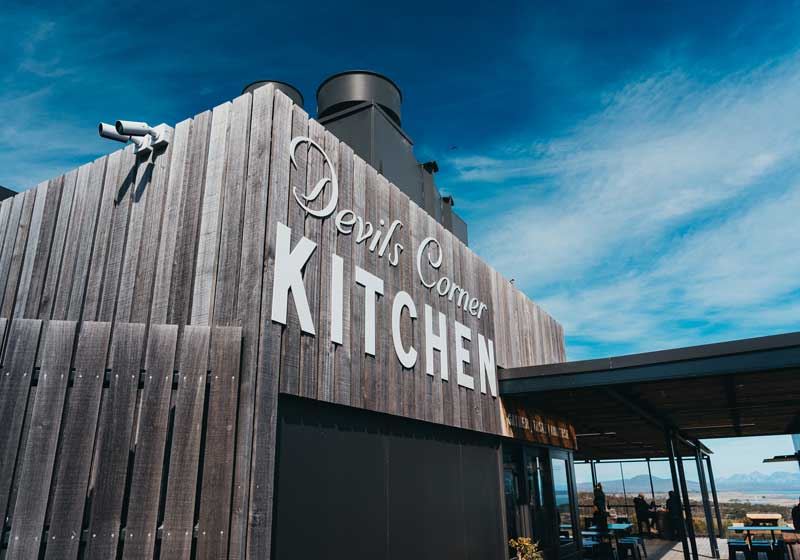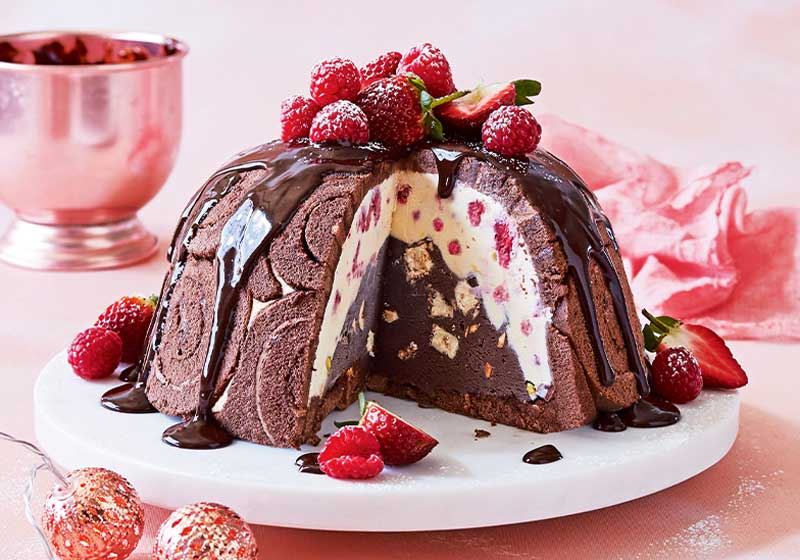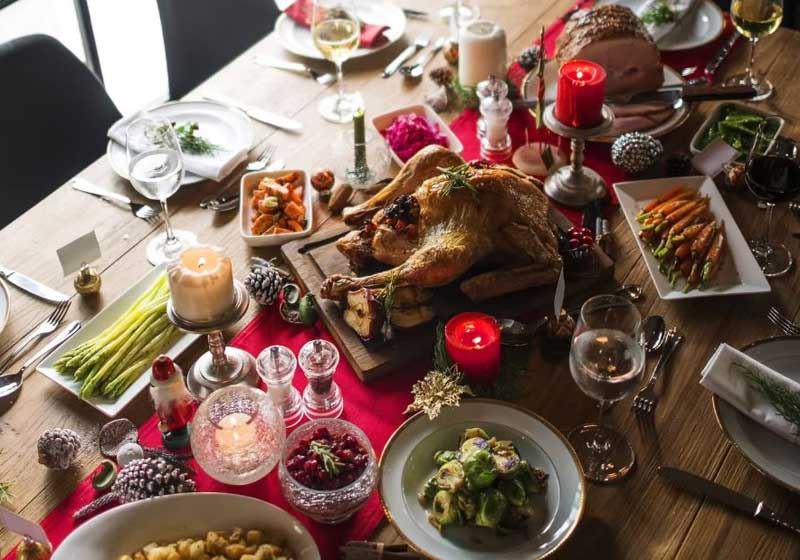By Marie-Antoinette Issa.
There’s a certain nostalgia to an Australian Christmas. The smell of pine (or realistically, an artificial tree pulled from storage). Carols by Candlelight playing in the background. The crunch of paper crowns falling off foreheads mid-ham lunch.
It’s a scene rooted in British influence but embedded with our festive traditions – heavy roasts and mince pies jostling with seafood feasts and mangos ripening on the kitchen beach – now served under a blistering sun, beside an esky and with the faint buzz of cicadas hanging in the humidity.

So much of the ‘classic’ Australian Christmas is inherently imported. Those fruit cakes, big-bird trimmings and roasted veggies are echoes of cold Northern Hemisphere Winters. However, 230 years later, Christmas in Australia remixes heritage with heat.
Today, the traditional spreads have evolved - plum pudding traded for pavlova, flame-kissed barbeque banquets, and backyard cricket between courses. Tables are likely to feature glazed ham with pineapple, platters overflowing with prawns, balsamic watermelon salads, and cherries so sweet they rival dessert.
It’s still Christmas, but one tailored to beach trips, balmy evenings and bikinis instead of beanies. A season where sandals trump stockings and still somehow retains its magic.

Yet the beauty of an Australian Christmas lies not just in its Summer adaptation – but in its remarkable diversity. Ours is a nation built on multiculturalism and as families gather across the country, the festive table becomes a powerful reflection of migration, memory and the magic of culinary storytelling.
For many Australians, Christmas isn’t just turkey and trifle - it’s spanakopita beside the seafood, tamales next to the trifle, baklava sharing space with pav. It’s the most wonderfully inclusive time of the year.
The Greek Christmas table is typically stacked with celebration, with many households still honouring December 25 with a feast that, like most Greek gatherings, borders on theatrical. Think roast lamb slow-cooked until it falls apart, kotopoulo (herbed chicken), honey-drenched melomakarona biscuits and, in some homes, a round vasilopita cake.
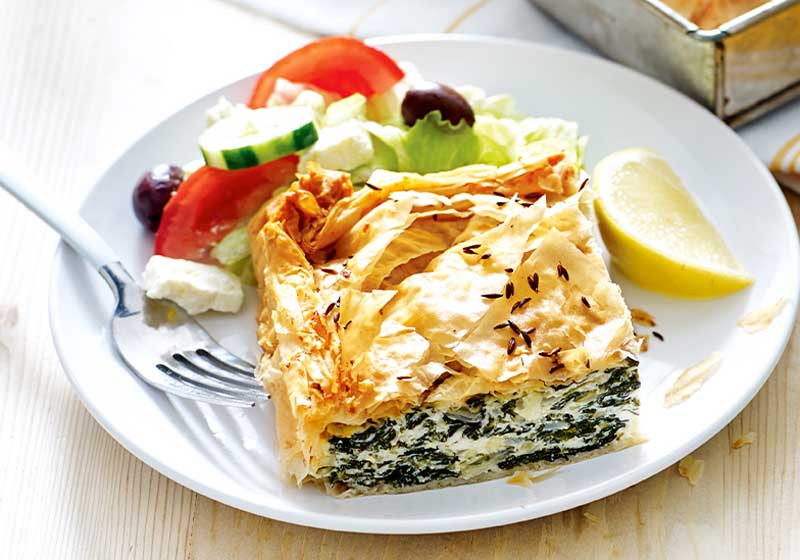
The table is long, the bread is shared and there are always more chairs squeezed around the edges than anyone planned for. ‘Kali Christougenna’ rings out before the first plate even lands!
For Lebanese families, Christmas is less about formality and more about togetherness – and volume. Food arrives in waves. Mezze platters spilling with tabouli, hummus, vine leaves and kibbeh. Lamb cutlets from the grill, whole snapper doused in lemon and the kind of barbeque that is treated like a sport. Christmas lunch blends seamlessly into dinner.
The table is multi-generational, laughter rises louder than the music and the only thing bigger than the servings is the sense of hospitality. There is no leaving without leftovers and a heartfelt ‘Eid Milad Majid’.
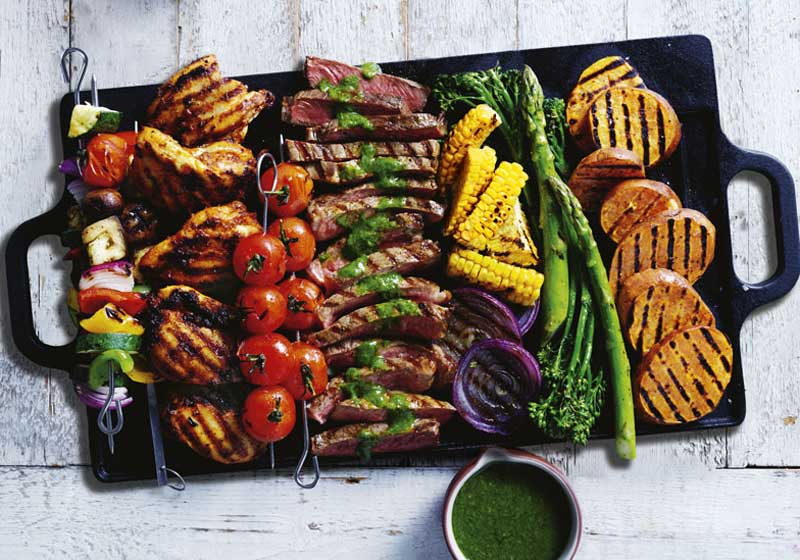
In Latin American households, Christmas Eve (La Nochebuena) is the main event. It’s a celebration of abundance, rhythm and anticipation. The table varies across countries but staples often include lechon (roast pork), empanadas or tamales wrapped tightly like little edible presents. There’s rice studded with raisins and olives, sweet bread and sometimes an ensalada rusa (a creamy potato and beetroot salad brought by European influence). Music plays until late and at midnight, families toast, exchange gifts and eat bunuelos or before the dancing begins again.
Polish traditions revolve around Wigilia (Christmas Eve supper), where families prepare 12 meat-free dishes to represent the apostles. The meal begins once the first star appears in the sky and is deeply symbolic.
Pierogi are almost always present – handmade dumplings filled with potato, cheese, sauerkraut or mushrooms. There may be barszcz (beetroot soup), carp, kutia (a sweet poppy seed dish) and an oplatek wafer shared between family members as blessings are exchanged. It’s quiet, meaningful and steeped in ritual.
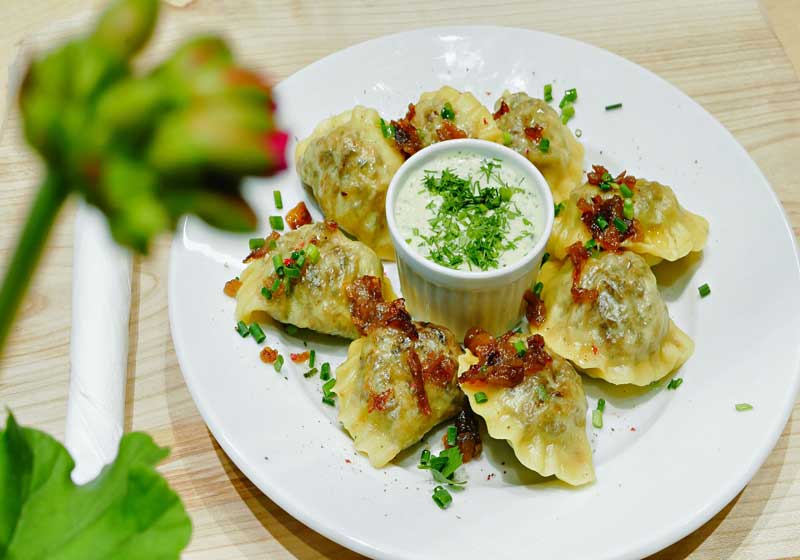
Across cultures, one thing remains constant: Christmas is rich in joy. It's ritual and, it's a reason to gather and indulge, to honour the past while creating new memories. Whether it's a backyard barbeque with Lebanese lamb next to the prawns, Greek koulourakia biscuits nestled among mince pies, or Latin American families dancing under Christmas lights while the neighbours play backyard cricket – it is uniquely, beautifully Australian.




